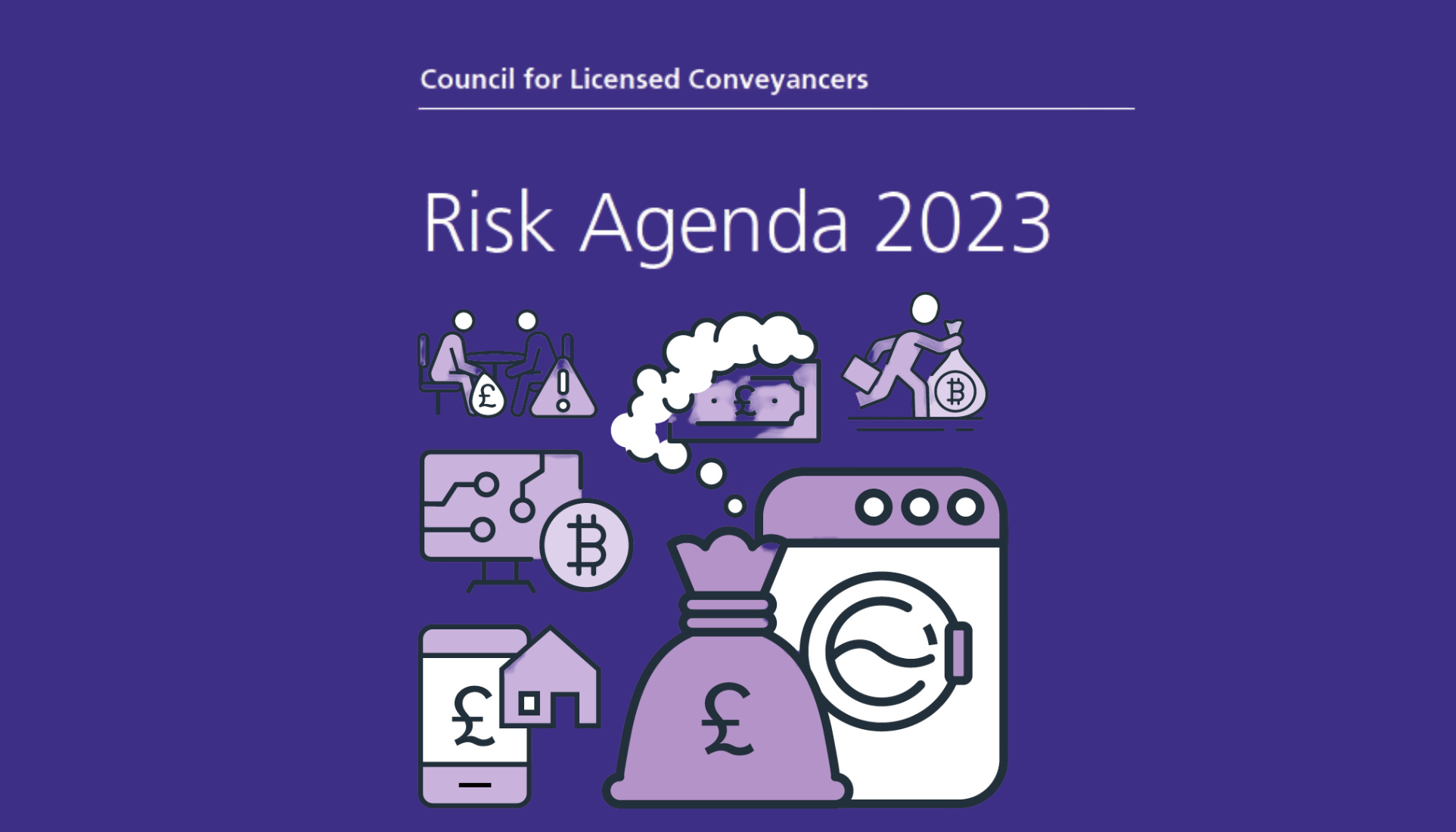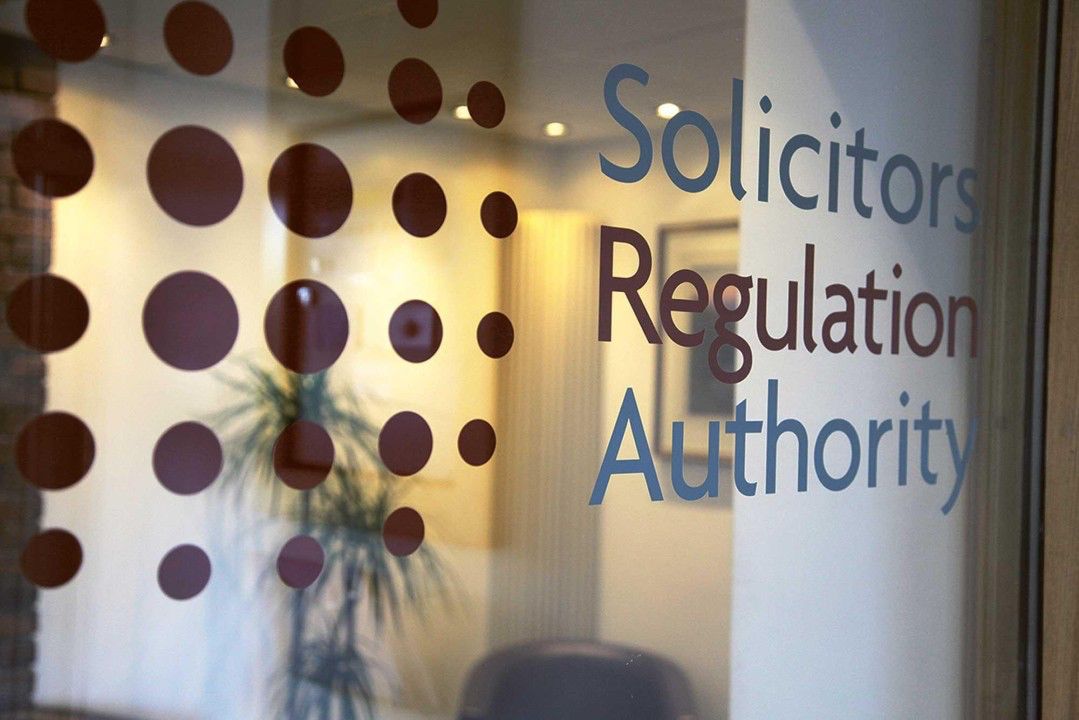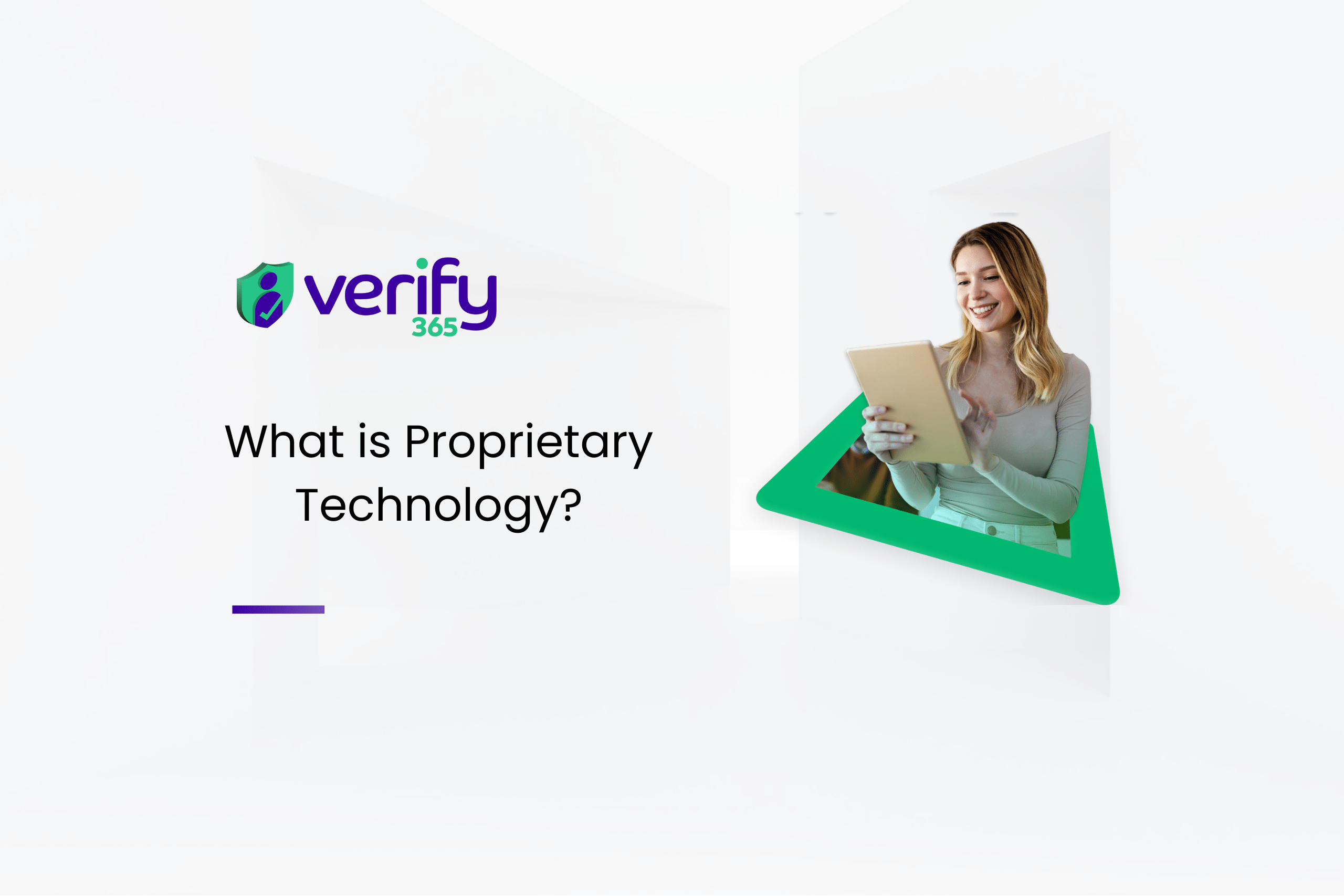Anti money laundering
The Risk Agenda 2023 from CLC emphasises the high priority placed on tackling economic crime, particularly in relation to Anti-Money Laundering (AML) and Combatting Terrorist Financing. The government has set clear expectations for both regulators and those they regulate, emphasising the importance of AML in the legal sector. Key duties are outlined in the Anti-Money Laundering and Combatting Terrorist Financing Code and the Money Laundering Regulations 2017.
The Legal Sector Affinity Group (LSAG), which includes the CLC, provides guidance approved by HM Treasury on AML regulations in the legal sector. Collaboration across the sector is encouraged, with the Legal Services Board playing a significant role.
The CLC takes specific AML actions based on its specialist knowledge and publishes an annual Anti-Money Laundering Report that provides insights into their work with practices to improve AML compliance.
A key issue is the need for the Money Laundering Reporting Officer (MLRO) to remain independent, especially in transactions where the practice is acting on both sides. Practices should include donors in their AML policies and properly identify beneficial owners and corporate structures.
Inadequate AML policies and procedures are identified as a recurring issue in inspections, emphasising the importance of comprehensive and updated AML policies in discharging AML obligations.
The Economic Crime and Corporate Transparency Bill will increase AML requirements across the economy, including a new regulatory objective for legal services regulators to promote the prevention and detection of economic crime. The crisis in Ukraine highlights the legal sector’s exposure to money laundering and sanctions breaches, making it essential for regulators to have the right tools to ensure compliance with economic crime rules.
Source of funds and wealth
In the context of Anti-Money Laundering (AML) compliance, understanding the source of funds and wealth is a significant issue, particularly in the current landscape. The Legal Sector Affinity Group (LSAG) Guidance defines “Source of Wealth” as the origin of a client’s entire body of wealth, encompassing total assets and economic, business, and commercial activities that contributed to the client’s overall net worth. It acknowledges that wealth-generating activities may change over time as new activities are identified and additional wealth is accumulated.
On the other hand, “Source of Funds” pertains to the specific funds used for a particular transaction, referring to the origin of the funds employed in business relationships or occasional transactions.
To ensure compliance with AML obligations, conveyancers must go beyond merely obtaining a bank statement or “proof of funds” from clients. Instead, they are obligated to delve deeper and establish the precise source of the funds and wealth involved. This involves a rigorous investigation to ensure that clients’ reported income and wealth align with the documentation and information provided. For example, conveyancers should verify whether reported income and wealth are consistent with the client’s job role. This verification process requires evidence-based assessments rather than relying solely on client assertions or assumptions based on clients’ profiles.
The extent of evidence required to verify the source of funds or wealth will vary on a case-by-case basis and depend on the assessment of risk in each situation. The process is not a tick-box exercise but requires ongoing monitoring of risk throughout the duration of transactions. One common issue is that some practices delay inquiring about how a purchase will be funded until the exchange, putting themselves under unnecessary time pressure and leading to the acceptance of substandard or insufficient documentation.
Establishing a strong AML culture within a practice involves implementing documentation and policies that highlight the need for source of funds and source of wealth checks. This may include terms and conditions outlining the necessity for thorough checks and a warning that the transaction may not be completed according to the client’s timetable due to the compliance process. Employing checklists and other documents, such as purchase questionnaires, can also ensure consistency in the practice’s approach and facilitate the early capture of essential information. The CLC has drafted a Source of Funds Checklist and Guidance to aid conveyancers in understanding and implementing these checks effectively.
To further clarify the expectations and requirements regarding source of funds and source of wealth, the CLC plans to publish an advisory note that outlines its position on these matters. The CLC’s approach leans towards undertaking source of funds checks on every transaction due to the higher risk associated with conveyancing. However, the extent of these checks will be determined by the risk presented in each case.
Risk assessments
Effective risk assessments are a crucial aspect of AML compliance. CLC practices are required to conduct practice-wide risk assessments (PWRAs) and risk assessments for all clients and most matters. The PWRAs should be reviewed annually or when significant developments occur, such as changes in legislation or business operations. Inadequate PWRAs are often indicative of a poor AML culture within a practice. The analysis of practice inspections in 2022 found that inadequate PWRAs were present in 68% of practices that were non-compliant with AML rules.
The LSAG guidance recommends conducting matter and client-based assessments to consider whether it is appropriate to proceed with a transaction and to adjust internal controls based on the level of risk involved. While limited circumstances may exempt the need for an assessment on every matter, ongoing monitoring of client relationships is essential, including periodic reevaluation of client due diligence for existing clients. Conveyancers must not avoid assessments simply because they perceive a transaction to be low risk; all risks must be carefully considered, and client due diligence adjusted accordingly.
Digital ID
To address misconceptions among lawyers regarding the use of digital ID verification systems, Lawtech UK and the Regulatory Response Unit issued a joint statement, in which the CLC is a member. The statement confirms that legal services regulation in the UK does not prohibit the use of digital ID verification tools, and the government encourages and seeks to unify ID verification across sectors. Proper utilisation of digital ID verification can lead to faster, smoother client onboarding, better identification of fake documents, and enhanced compliance with international economic sanctions.
To provide conveyancers with further assurance, HM Land Registry offers a “safe harbour” to those employing digital identity methods compliant with its standards. This means that even if a client’s identity turns out to be misrepresented, conveyancers will not face recourse from HM Land Registry. However, it remains essential for conveyancers to use these digital ID verification tools correctly and ensure compliance with all relevant regulations and standards.
Crypto
Cryptocurrencies are becoming increasingly relevant in payment transactions, particularly Bitcoin. However, there are various issues that legal practices should consider before accepting cryptocurrency payments. The primary concern is that professional indemnity insurers may not extend cover for transactions involving cryptocurrencies. Therefore, the first step for a practice is to check with their insurer if they can proceed with such transactions. Insurers might have additional requirements for high-risk transactions, so understanding their stance on accepting crypto-funded transactions is crucial.
Practices should also assess their expertise and capabilities in handling cryptocurrency-related work. If it falls outside their usual business scope, it may increase the risk to the practice.
Since January 2020, the Financial Conduct Authority (FCA) has been supervising how cryptoassets businesses manage the risk of money laundering and counter-terrorist financing. Cryptoassets businesses must comply with the Money Laundering Regulations (MLRs) and register with the FCA. The FCA maintains a register of compliant cryptoasset providers and identifies unregulated businesses operating in the UK. This means that while such transactions are often considered high risk, the risk may be mitigated depending on the type of cryptoassets or trade platform used, and whether it is regulated.
In terms of Anti-Money Laundering (AML) compliance, the same principles apply to identifying the source of funds and wealth, regardless of where the funds originate. However, transactions funded by cryptoassets are generally treated as high risk, similar to cash purchases. As a result, practices should conduct enhanced due diligence on such transactions. Adequate measures should be taken to establish the source of funds and wealth. The evidence required to verify the source of wealth may vary from case to case.
To verify the legitimacy of funds, practices may need to obtain statements and trade histories and consider whether this information aligns with the client’s lifestyle and economic means. Additionally, the client should be able to explain and provide evidence for any unusual activity or transactions. The practice should ensure that the information provided by the client corresponds to the name and address contained in the bank statement or crypto-wallet.
If a practice cannot complete the necessary client due diligence, they should terminate the business relationship in compliance with the 2017 AML Regulations.
It is essential for legal practices to carefully assess the risks associated with cryptocurrency transactions, obtain adequate information, and conduct thorough due diligence to ensure compliance with AML regulations and mitigate potential risks.
Sanctions
In the aftermath of Russia’s invasion of Ukraine, compliance with sanctions has become a top priority for the CLC (Council for Licensed Conveyancers). The UK government regularly updates information about the UK sanctions regimes, including individuals and entities listed under UK sanctions. It is essential for practices to keep track of changes to the sanctions list and stay informed about high-risk third countries and the scope and extent of sanctions.
Practices can use recognised online providers that offer updated information on risks and comply with new rules and regulations related to sanctions. For manual checks, the Office of Financial Sanctions Implementation (OFSI) search tool is comprehensive and covers partial matches and misspellings.
When dealing with clients, practices should ensure that they identify beneficial owners of companies and understand corporate structures properly. It is crucial to consider whether a client may be acting as an agent or proxy for a sanctioned person, as the reach of sanctions is global and applies to multiple nationalities and organisations, not just limited to Russia and Belarus.
Practices must be aware that exemptions for some work may be possible under the Office of Financial Sanctions Implementation, but the rules can change rapidly and should be carefully checked for all relevant transactions.
Failing to follow financial sanctions requirements can lead to disciplinary action, criminal prosecution, or significant fines. Practices should have the right processes, systems, and controls in place to comply with current and future sanctions developments. The CLC provides a Sanctions Advisory Note for further information.
The Register of Overseas Entities, introduced through the Economic Crime (Transparency and Enforcement) Act 2022, requires overseas entities owning land or property in the UK to declare their beneficial owners and/or managing officers. This increases obligations and risk when acting for an overseas entity or a client purchasing from one. Failure to comply can result in criminal offence charges and increase the risk of negligence claims.
To register a property at HM Land Registry, the overseas entity needs an overseas entity identification number, issued by Companies House. The number is also required for certain forms, such as transfers and leases. Managing officers and/or beneficial owners need to have their identities confirmed by a UK-regulated agent to register with Companies House. A list of these agents is available for reference.
Conflicts of interest
The Conflicts of Interest Code allows CLC-regulated practices to act for more than one party in a transaction with informed written consent. However, this situation carries a heightened risk of conflicts of interest, requiring individuals of an appropriate level of seniority to handle such matters and recognise any potential conflicts that may arise.
Some practices have been found to have unauthorised individuals with inadequate supervision handling transactions, which is unacceptable. If a practice’s structure does not allow it to meet the requirements for acting for both sides in a transaction with adequate separation and supervision, they should not take on the second client.
While the fee-earner handling the matter does not need to be authorised in these circumstances, their direct supervisor must be authorised. The CLC issued new “Acting on Both Sides Guidance” in May 2023, providing further insights into this issue.
Practices must ensure there is adequate separation between fee-earners and authorised persons representing different parties. This means preventing them from overhearing each other’s conversations, ideally by placing them in separate rooms or offices. Some practices choose to act for each party from different offices to avoid potential conflicts.
Case management systems should have controls in place to prevent individuals from accessing the other side’s files. Additionally, practices must consider whether the authorised persons involved in such matters hold compliance roles that may conflict or lead to information leakage. Instances of HOLP (Head of Legal Practice) and HOFA/MLRO (Head of Finance and Administration/Money Laundering Reporting Officer) acting on opposite sides of a transaction can create foreseeable risks and undermine information barriers. The practice must ensure that in such cases, a different authorised person takes over conduct of one side of the transaction to avoid conflicts.
The recent refreshment of guidance by the CLC aims to outline the scenarios in which acting on both sides is permitted, assisting practices in achieving compliance with the Conflicts of Interest Code and establishing appropriate policies and procedures. This guidance will be a valuable tool for practices to navigate the complexities of handling transactions with potential conflicts of interest effectively.
Summary
The Risk Agenda 2023 from CLC highlights the importance of Anti-Money Laundering (AML) compliance, verifying the source of funds and wealth, managing conflicts of interest, and understanding the risks associated with cryptocurrencies and UK sanctions regimes. The agenda emphasizes the need for proper processes and controls to ensure compliance with evolving regulations and to mitigate potential risks in the legal sector. Practices must prioritize AML measures, adopt evidence-based assessments for fund verification, and avoid conflicts of interest when acting for multiple parties. Compliance with sanctions and the new Register of Overseas Entities is also crucial for risk management.






